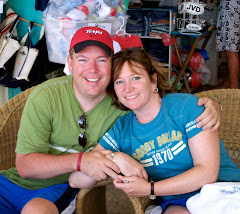Thanks to Ms. Musgrave, WLMS was selected by the National Aquarium to raise a Diamondback turtle hatchling this year. Some of our students will have the opportunity to study this turtle for 7-8 months. In the spring of next year, the turtle will be returned to the National Aquarium so that they can release the turtle into the wild. Our students have named the hatchling "Skittles".
Skittles arrived last Monday. As you might imagine, Skittles has been quite the aquatic celebrity and the subject of many visits to Ms. Musgrave's science classroom. One of our students said, "It is so cool to see such a small baby turtle!"
The National Aquarium has asked our students to study the hatchling to try and discover when the sex of the reptile can be determined and at what water temperature. Our students will track various data points each day and provide food and shelter for this wonderful little creature. As the turtle begins to grow, I will provide periodic updates.
Some facts about Diamondback Terrapins
This strong-jawed turtle is well suited for eating periwinkles, mussels, and crabs. In the past, it was heavily used in soups because of its sweet meat. Today terrapins are threatened by pollution and coastal development. They often drown in pots people set out to catch crabs.
Where they can be found: A small turtle in coastal waters with ringlike grooves and ridges on the scutes of its upper shell. Its skin is light-colored with dark markings.Length : Female 6-9"; male 4-5 1/2".
Habitat : Coastal marshes, coves, tidal creeks, bays.
Range : Along Atlantic and Gulf coasts.
Serves as the mascot for the University of Maryland.


















1 comment:
Let's go Terrapin!
Post a Comment